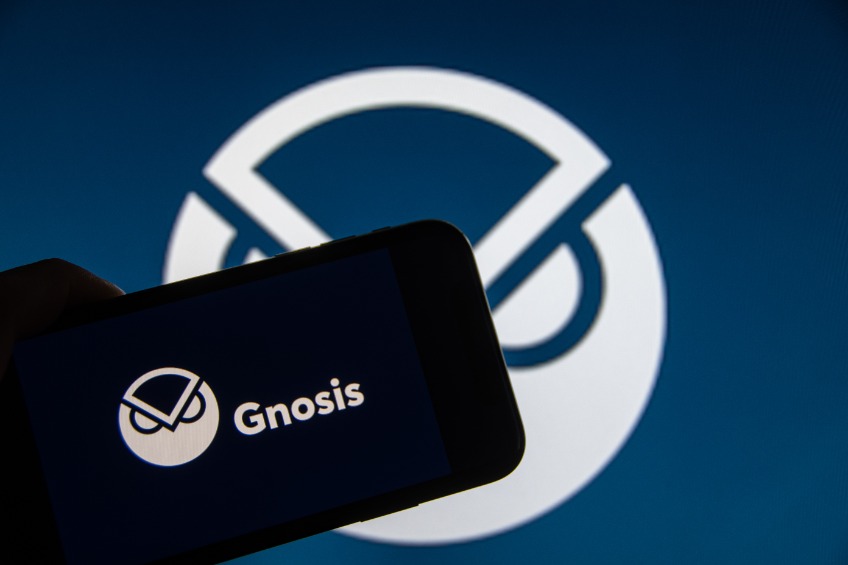GIP-140 revamps GnosisDAO voting using on-chain and beacon data. GNO price fell amid profit taking and technical resistance. Liquidity restrictions and stablecoin rules can impact short-term sentiment.
Following the passage of the GnosisDAO GIP-140 proposal, a major governance update aimed at overhauling the platform’s voting mechanism, Gnosis prices experienced some volatility.
The GIP-140 initiative replaces the current subgraph-based GNO strategy with a set of strategies that directly read blockchain state from both the execution and beacon layers.
Approval of this proposal marks an important step toward adding support for StakeWise tokens and enhancing the accuracy and reliability of snapshot voting while reducing dependence on external data providers.
GIP-140: Innovate voting to increase accuracy and inclusiveness
The passage of GIP-140 reflects a broad consensus among GnosisDAO participants, with 82 votes cast overwhelmingly in favor of the bill.
The main goal is to eliminate subgraph dependencies that have historically caused delays and inaccuracies in voting power calculations.
In the new system, voting rights belong to GNO balances, locked GNO holdings, validator balances, and sGNO and osGNO tokens on StakeWise across both Gnosis Chain and Ethereum.
This proposal aims to create a more robust and transparent voting environment that can better reflect real stakeholder influence by capturing data directly from on-chain and beacon-chain sources.
The technical implementation involves updating the snapshot configuration via SafeSnap transactions to specify the aggregator contract deployed on both Gnosis Chain and Ethereum, as well as a new Beacon Chain strategy for staked GNO.
The delegation mechanism has also been updated to integrate these new sources, allowing DAO members who are familiar with their existing workflows to transition seamlessly.
This change enables GnosisDAO to handle complex governance requirements and reduces dependence on previously inconsistent third-party indexers such as The Graph.
Gnosis price consolidates amid profit-taking
Surprisingly, following the approval of GIP-140, Gnosis price rebounded slightly, down 0.89% in the past 24 hours, underperforming the broader cryptocurrency market, which rose 0.06%.
The price movement is consistent with profit-taking behavior after GNO rose 7.98% for the week and 8.3% during October.
Technical indicators suggest that the market is testing resistance near the 30-day simple moving average of $137.93 and the 61.8% Fibonacci retracement level of $138.47.

While the RSI remains neutral at 53.42, a bearish divergence in the MACD suggests a potential short-term consolidation.
Additionally, liquidity pressures stemming from CoinDCX’s delisting in June 2025 continue to weigh on GNO’s trading activity.
Despite being several months old, the delisting has reduced retail access to the token, and the 24-hour turnover rate of 1.08% remains relatively low compared to the broad DeFi sector average.
Regulatory uncertainties surrounding stablecoins, particularly the reopening of USDS under the stricter US GENIUS law, may also indirectly impact sentiment towards Gnosis Chain assets.
Nevertheless, milestones like Gnosis Pay’s $100 million transaction volume suggest that ecosystem adoption could offset some of these headwinds.
Looking to the future
The combination of technological integration, lingering liquidity constraints, and regulatory considerations creates a cautious and cautious environment for Gnosis price movements.
Holding the $135-$137 zone could provide the stability needed for new momentum, especially as GnosisDAO’s upgraded snapshot strategy begins to reflect more accurate voting power across multiple token types.
In the coming weeks, Gnosis prices are likely to react to both market trends and the concrete impact of GIP-140 enforcement, especially if the changes improve voting accuracy and encourage broader participation in the DAO.
For now, the community appears to be aligned, and the successful passage of GIP-140 represents a meaningful milestone that could shape the trajectory of GNOs in both governance and market performance.


